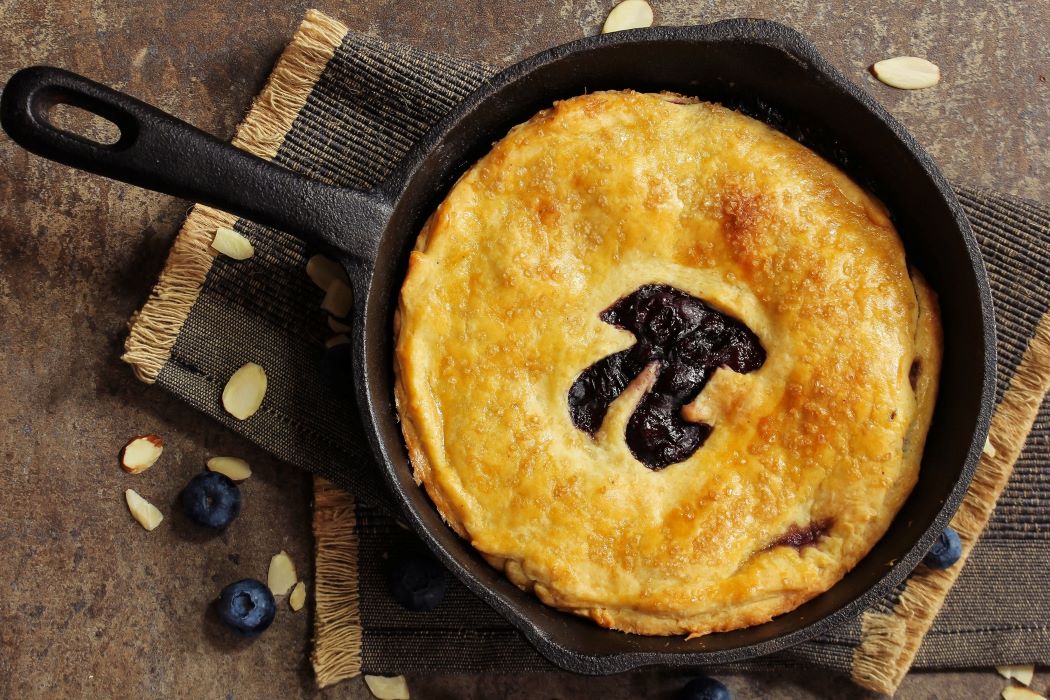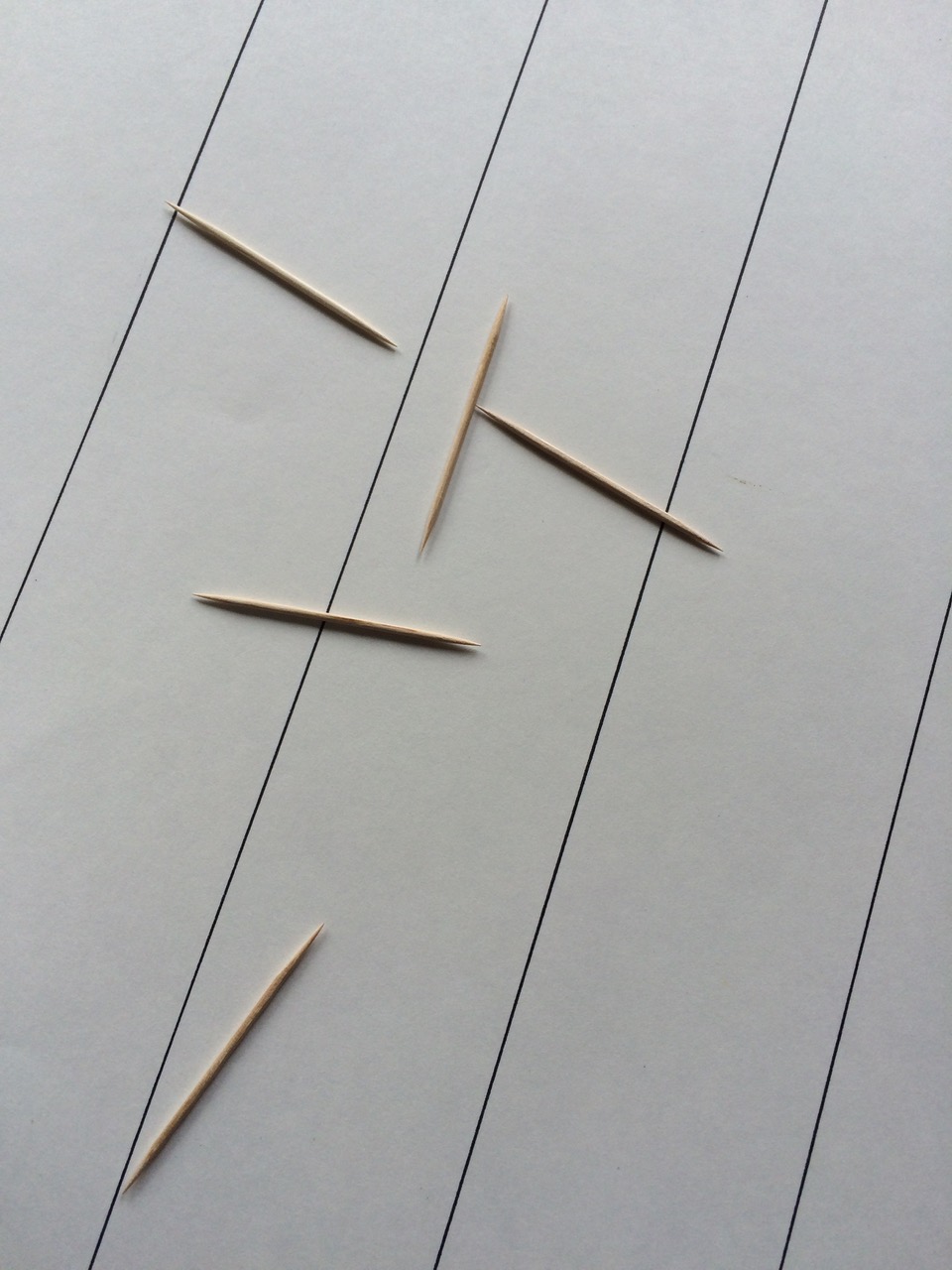Celebrating Pi Day? Try this activity by a UF mathematician

Enjoy some pie along with your pi this Pi Day. (Shutterstock)
Every March 14 mathematically inclined folks gather to celebrate (because, remember, pi is about equal to 3.14). Typical events include
- Contests for reciting digits of pi (impressive memorization skills!)
- Throwing pies at people (messy!)
- Eating pies (delicious!)
Alas, these do not really have anything to do with pi itself. Instead, why not try these two fun activities to enhance your understanding and love of this most celebrated of numbers.
Grab a box of toothpicks
Here is a fun way to estimate pi that is easy to do with friends or kids and requires nothing more than toothpicks and some paper. Take a large piece of paper (a sheet of posterboard works especially well) and a box of toothpicks. Draw parallel lines on the paper at a distance equal to the length of a toothpick, like so:

The number of toothpicks crossing parallel lines can be used to estimate pi. (Kevin Knudson)
Now, with some friends or your kids, drop the toothpicks in the box one at a time onto the paper. If there are five people, say, and a standard box of 250 toothpicks, you may each grab 50. Count the number of picks that cross a line on the paper. In the photo, there are three such picks. The one on the left barely crosses a line, while the one on the right doesn’t quite touch it.
Do this a few times; that is, maybe drop 1,000 toothpicks in total, keeping track of the number that cross a line in each batch. Now divide the total number of picks you and your friends dropped by the total number of toothpicks that cross a line. If you multiply the result by 2, what do you get?
This is the famous “Buffon’s Needle” question. Buffon asked what is the probability that a needle of the same width as a floorboard in his home would hit one of the cracks when dropped. The surprising answer, which you may have discovered, is 2/pi or roughly 0.6366.
I say this is surprising because whenever pi shows up, there is usually a circle somewhere. But here, everything is a straight line, so how can that be? The answer is that when you drop a toothpick, it lands at some angle to one of the lines on the paper. There is half a circle of such angles, or 180 degrees, which equals pi radians.
The formal analysis is a bit too technical for this article, but if you’re interested you may read the solution here. This site also contains a simulation tool that will drop needles by the thousand and update the resulting estimate of the probability.
So, by all means please enjoy some pie today, either on your face or in your belly, but perhaps these activities will give you a new appreciation for just how ubiquitous this important constant is.
